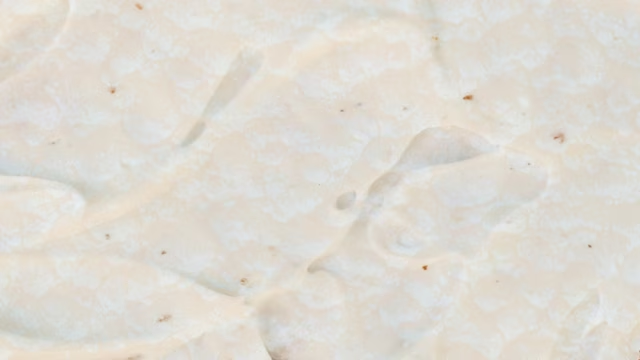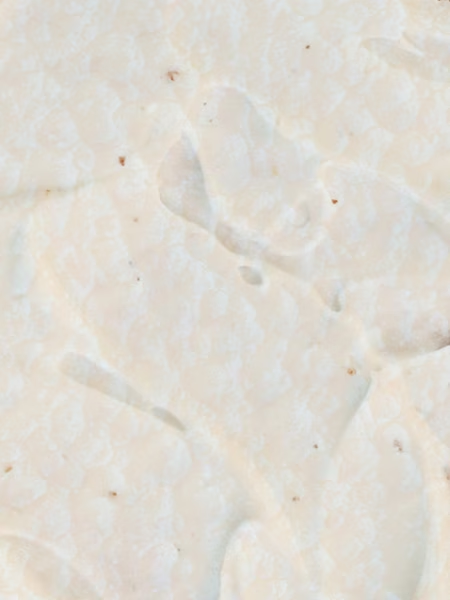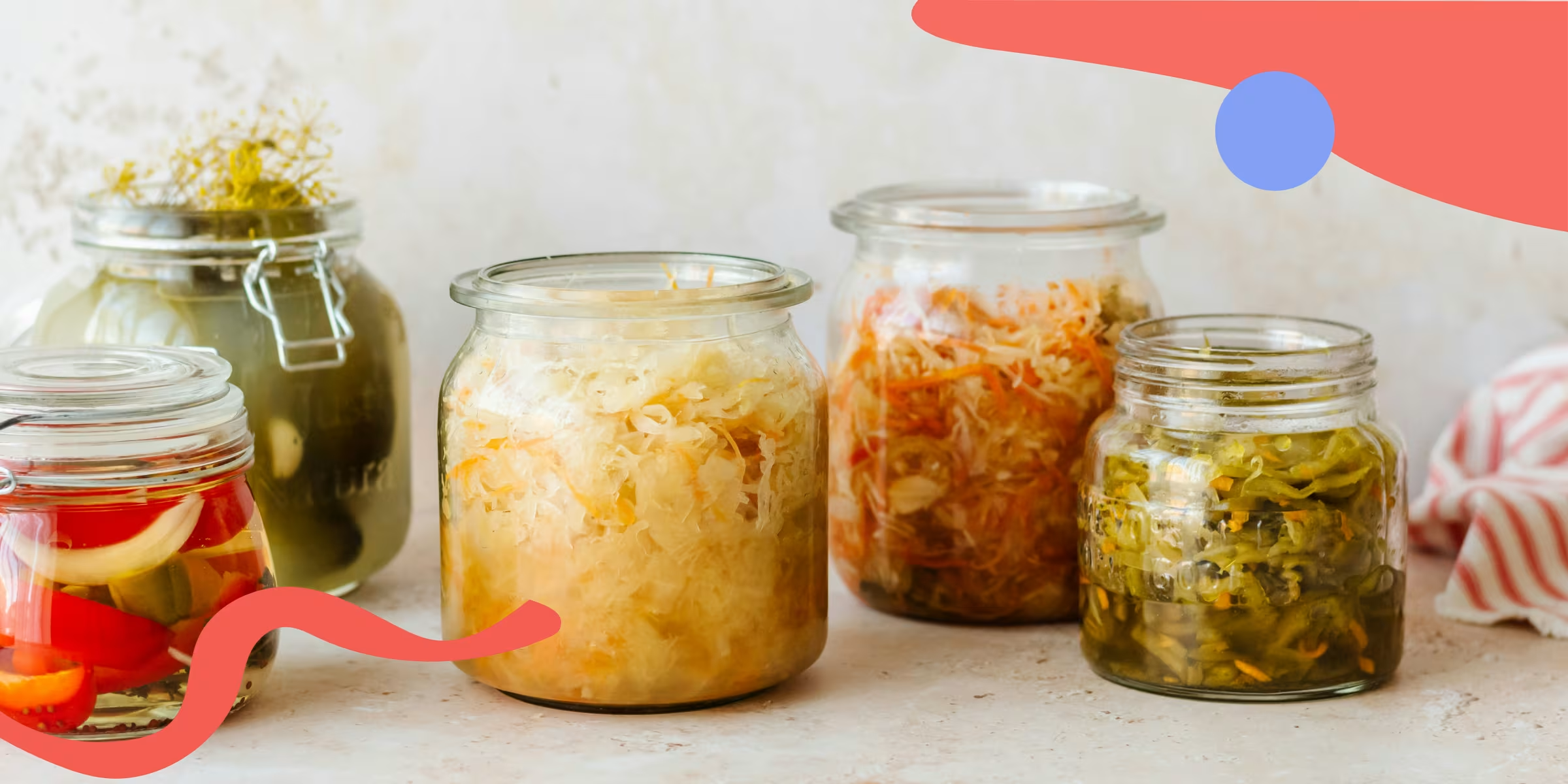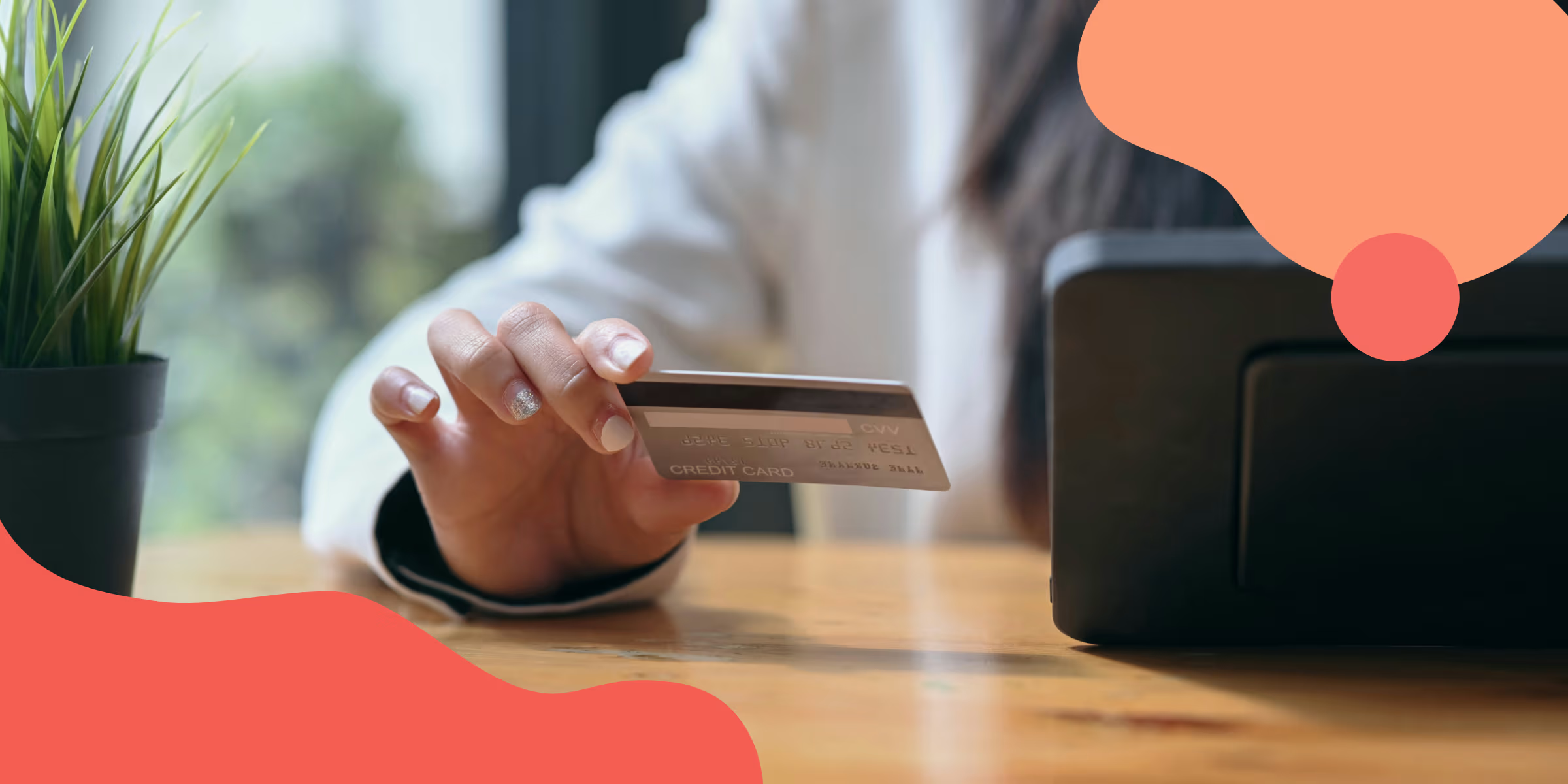Yeast infections are super common —and very uncomfortable—but usually not something to stress about long-term. If you’re dealing with one, you might be tempted to try home remedies. While some can be soothing, others can actually make things worse.
This article breaks down what might help, what to avoid, and when it’s time to chat with a provider.
If you have a yeast infection, you can consult with a Hey Jane clinician from the comfort of home. We offer fast, virtual consultations and prescription treatment pick-up from your local pharmacy. Learn more here.
What is a yeast infection?
A yeast infection is an overgrowth of yeast (usually Candida albicans) in the vagina. It can cause:
- Itching and burning
- Irritation
- Thick, white discharge
It’s very common—three out of four people with vaginas will have it at some point in their lifetime. They are not a sign of poor hygiene and they’re not sexually transmitted, though sex can sometimes trigger or worsen them.
Common triggers include:
- Antibiotic use
- Hormonal changes (like your period or pregnancy)
- Wearing tight or non-breathable clothing
The good news? Yeast infections don’t cause long-term harm. They’re uncomfortable, but treatable and not dangerous.
Are natural remedies safe and effective?
We get it—when you’re uncomfortable, you’ll try almost anything to feel better. Some natural remedies may ease symptoms, but most are not proven cures backed by science. In fact, a few popular treatments people swear by can actually make your infection worse.
A good rule of thumb: If symptoms are severe, keep coming back, or don’t improve in a few days, skip the DIY fixes and talk to a provider.
Natural remedies that may help
These aren’t magic cures, but they may offer relief or prevention from future infections. Always talk to your provider before trying a new remedy—especially if it’s your first infection.


Over-the-counter yeast infection treatment
For most people, OTC antifungal medications are the fastest, most effective solution. Look for creams or suppositories containing Miconazole or Clotrimazole. These are designed specifically to treat yeast infections, not just mask symptoms.
Natural remedies to avoid
Not everything in your kitchen belongs in your vagina. Some natural “cures” trending online can mess with your vaginal pH, increase irritation, or make the infection worse.
Here’s what to skip:
When to skip home remedies and talk to a provider
If you’ve tried home or OTC remedies and still feel off, it’s time to bring in the pros. Reach out for medical care if:
- Your symptoms are intense or painful.
- You keep getting infections close together.
- You’re not sure it’s actually a yeast infection (it could be BV or an STI).
- You’re pregnant or immunocompromised (weak immune system).
- You prefer to swallow a pill for treatment, not apply a cream.
That’s where Hey Jane comes in. Our licensed providers can confirm what’s going on and prescribe treatments like:
- Fluconazole, a one-time oral antifungal pill
- Butoconazole (Gynazole), a powerful antifungal cream that you apply directly to the infected area.
Both are fast, effective, and science-backed—because you deserve relief that actually works. Start your online visit here—we’ll take it from there.
Some natural remedies may help, but many are ineffective or risky. The fastest, safest way to treat a yeast infection is with antifungal medication—either over the counter or prescribed. If you’re unsure, a provider can guide you to the right care.


Want to take action?
Join the Un-Whisper Network

















